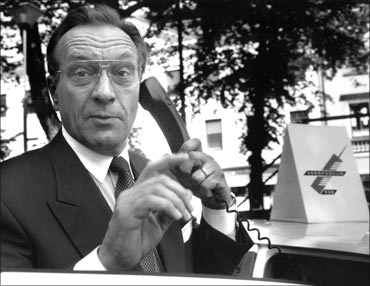
It was today, 20 years ago -- July 1, 1991 -- that the world's first GSM call on a commercial network was made between Finland's former prime minister Harri Holkeri and vice mayor of the city of Tampere Kaarina Suonio.
But before we take you to the transcprit of the first ever GSM call that was made, here's just a bit of the fascinating GSM history for you.
The first GSM network was built by Telenokia and Siemens -- known as Nokia Siemens Networks today -- for the Finnish operator Radiolinja, now operating under the name Elisa, Nokia said in a media statement on Friday.
During the call, Harri Holkeri and Kaarina Suonio discussed the benefits of the new, digital, GSM technology, including superior voice quality and security, and the fact that the phone's identity is in the SIM card, making it easy for consumers to choose the product they like.
The Global System for Mobile communications was adopted in 1987 as the European standard for digital mobile technology.
. . .
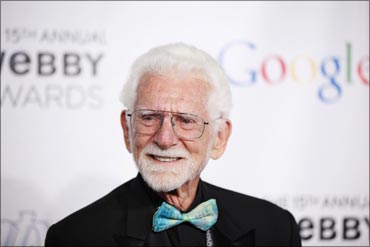
This second generation mobile technology could carry data as well as voice traffic. GSM's high-quality voice calls, easy international roaming and support for new services such as text messaging (SMS) laid the foundations for a worldwide boom in mobile phone use.
In the following years, the number of GSM subscribers grew beyond all predictions. It reached more than 500 million in the first decade to 2001.
Today's 838 GSM networks in 234 countries and independent territories around the world have more than 4.4 billion subscriptions.
. . .
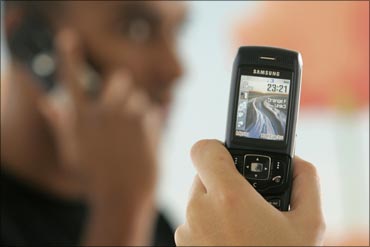
GSM is still growing fast, with 1 million new GSM subscriptions added every day. That's a rate of nearly 12 a second.
"GSM was the first digital technology based on open standards and one that made the widespread adoption of mobile phones possible," said Pekka Soini, head of corporate development office at Nokia Siemens Networks.
"When we were building up the system and creating the first Nokia GSM phone that would make that first call very few of us dared to dream about the future," said Timo Ali-Vehmas, vice president, compatibility & industry collaboration, Nokia.
"None of us back then imagined the huge impact GSM would go on to have for the lives of billions of people around the world. Of course, none of this could have been possible without the pioneering work by so many bright minds in the industry over the last twenty years. That work continues today and it is terrific to see GSM continuing to evolve and renew in many exciting ways," he said in a media release.
. . .
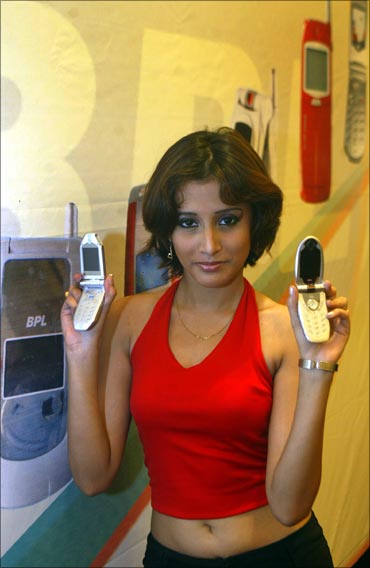
Nokia Siemens Networks technology directly supports 2.9 billion subscribers -- almost half of the world's population -- in 365 GSM networks in 143 countries. Nokia introduced its first digital handheld GSM phone, the Nokia 1011, in 1992.
Other iconic models have included the Nokia 2110, while the most popular model has been the Nokia 1100, of which more than 250 million have been sold.
The GSM family of technologies, standardised by 3GPP, has evolved further to EDGE, 3G and LTE.
Third generation 3G WCDMA networks have higher data speeds and more capacity for mobile broadband services.
. . .
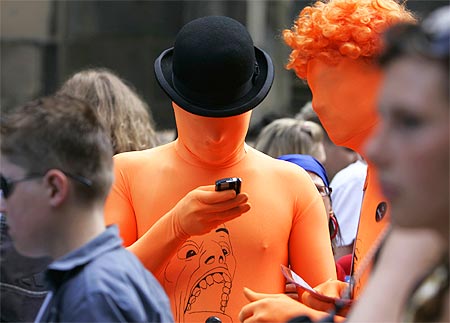
LTE, already in commercial operation in over 20 networks worldwide, marks the next step in technology evolution. The main driver for LTE is the rapidly growing need for data capacity for mobile broadband services.
GSM, 3G and LTE are evolutionary technologies, with networks being built and expanded according to the needs of coverage and capacity, with seamless interworking between the technologies.
Click NEXT to read the transcript of the first GSM call . . .

Transcript of the world's first GSM call
Harri Holkeri, then prime minister of Finland, made the call to Kaarina Suonio, vice mayor of the city of Tampere who received the call on her landline in her office.
Location: Esplanadi Park, Helsinki.
Public announcer: This is the first GSM call over a private operator network. It goes to Vice Mayor Kaarina Suonio in Tampere.
We can all hear it via loudspeakers. This is exciting.
No noise on the line. The GSM network is free of background noise.
We are waiting for the reply.
Suonio: Hello.
Holkeri: Vice Mayor Suonio?
Suonio: Yes.
Holkeri: I'm calling from Helsinki, wish you a good summer.
Suonio: Is it Harri?
Holkeri: Yes. We are making history. I'm calling with the new GSM network; we are the first to speak over it.
Suonio: I can hear you very well.
Holkeri: It is noise-free, like speaking to a neighbour
Suonio: How much does this differ from a normal call?
Holkeri: You know it.
Suonio: Yes, viewers can hear us. GSM is safe, nobody can listen-in to it.
Holkeri: Correct. GSM is noise-free, it is the safest and the most economical network.
Suonio: It is great that you have only a SIM-card that you can change it to any phone in the system and make it your own.
Holkeri: You've learned this well. It makes us integrate to Europe and feel home everywhere.
Suonio: When will this spread outside Europe?
Holkeri: With this pace of technology development, it will not take many years.
Suonio: Are you having a party there?
Holkeri: Yes, I see happy faces around me. I say this is a call away from recession, and the start of new growth.
Suonio: The audience seems happy, but it may be the nice summer day.
Holkeri: We all think this will be start of a better time.
Suonio: A great advancement in technology is always a step for the better.
And this has a lot of Finnish know-how in it
Suonio: It is great to see Finland in the front-line again. To all of you, best wishes from Helsinki, now this new European system has been taken to use
Suonio: In the European way: Merci beaucoup, Monsieur, Au revoir!
Holkeri: (In Swedish) Thank you, too!]
Public announcer: Thank you, we had the opportunity to see and hear the first call with our own ears and eyes!
. . .
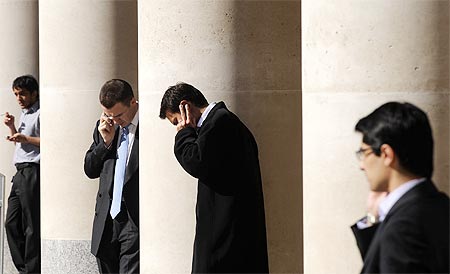
During the early 1980s, analog cellular telephone systems were experiencing rapid growth in Europe, particularly in Scandinavia and the United Kingdom, but also in France and Germany.
Each country developed its own system, which was incompatible with everyone else's in equipment and operation.
This was an undesirable situation, because not only was the mobile equipment limited to operation within national boundaries, which in a unified Europe were increasingly unimportant, but there was also a very limited market for each type of equipment, so economies of scale and the subsequent savings could not be realised.
. . .

The Europeans realised this early on, and in 1982 the Conference of European Posts and Telegraphs formed a study group called the Groupe Special Mobile (GSM) to study and develop a pan-European public land mobile system. The proposed system had to meet certain criteria:
. . .
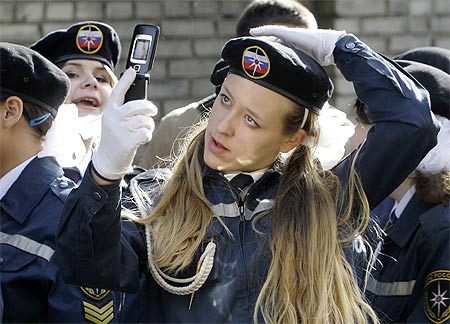
Europe saw cellular service introduced in 1981, when the Nordic Mobile Telephone System or NMT450 began operating in Denmark, Sweden, Finland, and Norway in the 450 MHz range. It was the first multinational cellular system.
In 1985 Great Britain started using the Total Access Communications System or TACS at 900 MHz. Later, the West German C-Netz, the French Radiocom 2000, and the Italian RTMI/RTMS helped make up Europe's nine analog incompatible radio telephone systems.
Plans were afoot during the early 1980s, however, to create a single European wide digital mobile service with advanced features and easy roaming. While North American groups concentrated on building out their robust but increasingly fraud plagued and featureless analog network, Europe planned for a digital future. Link to my mobile telephone history series.
. . .

In 1989, GSM responsibility was transferred to the European Telecommunication Standards Institute (ETSI), and phase I of the GSM specifications were published in 1990.
Commercial service was started in mid-1991, and by 1993 there were 36 GSM networks in 22 countries [6]. Although standardized in Europe, GSM is not only a European standard.
Over 200 GSM networks (including DCS1800 and PCS1900) are operational in 110 countries around the world. In the beginning of 1994, there were 1.3 million subscribers worldwide, which had grown to more than 55 million by October 1997.
With North America making a delayed entry into the GSM field with a derivative of GSM called PCS1900, GSM systems exist on every continent, and the acronym GSM now aptly stands for Global System for Mobile communications.